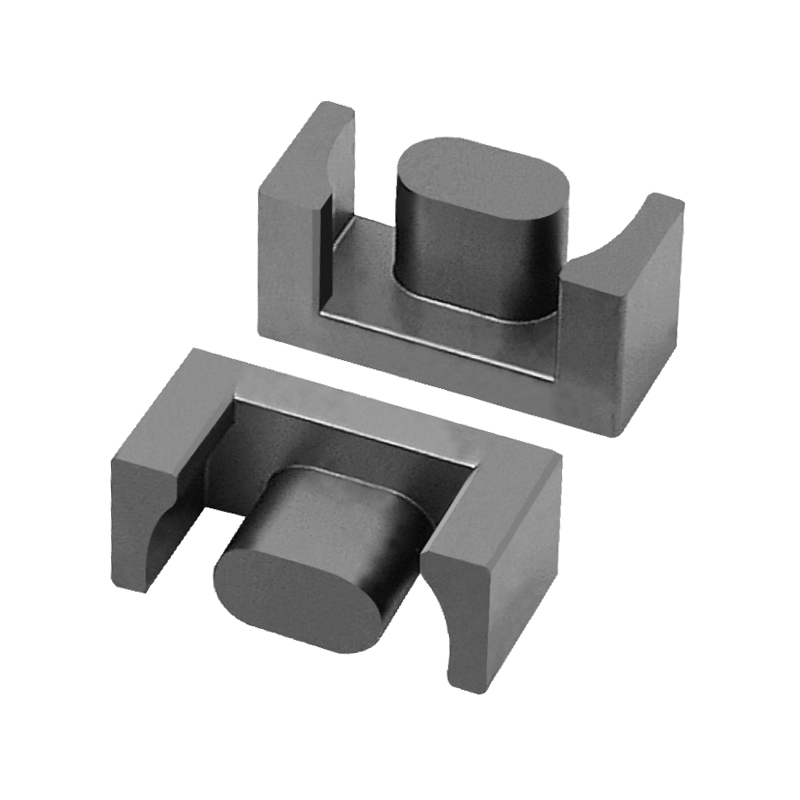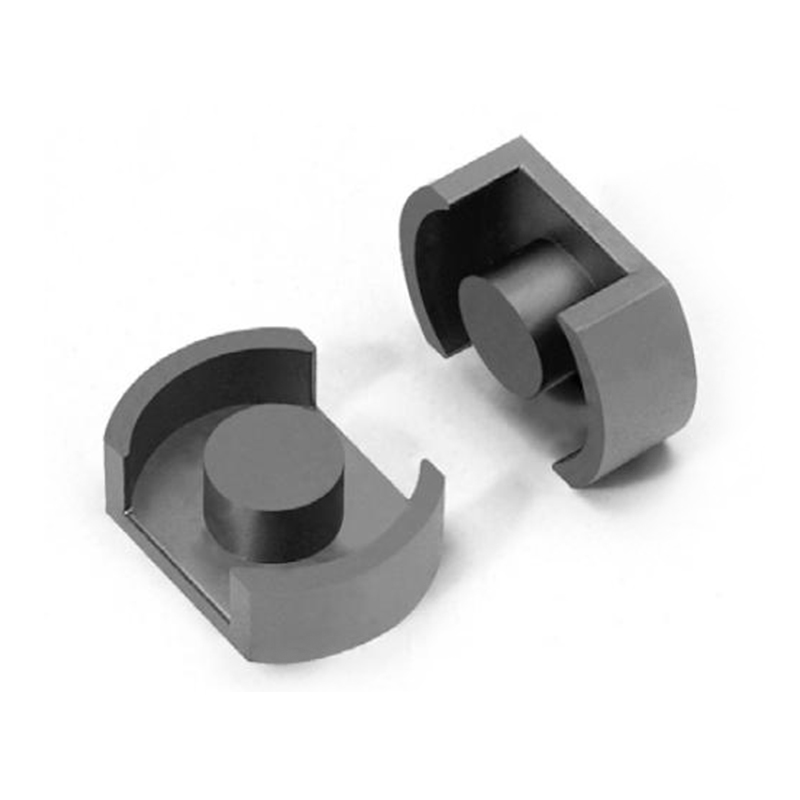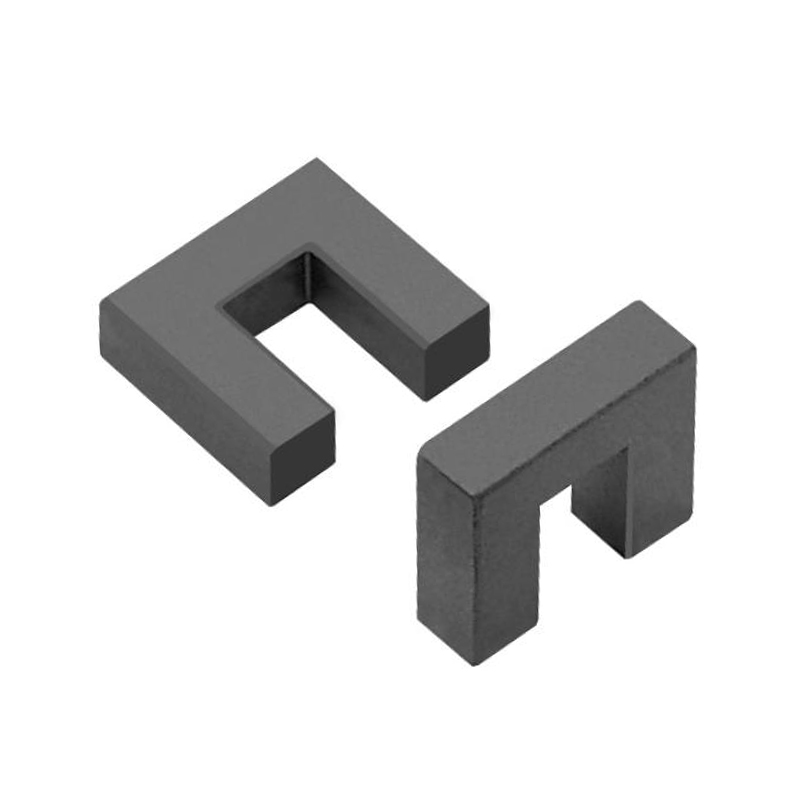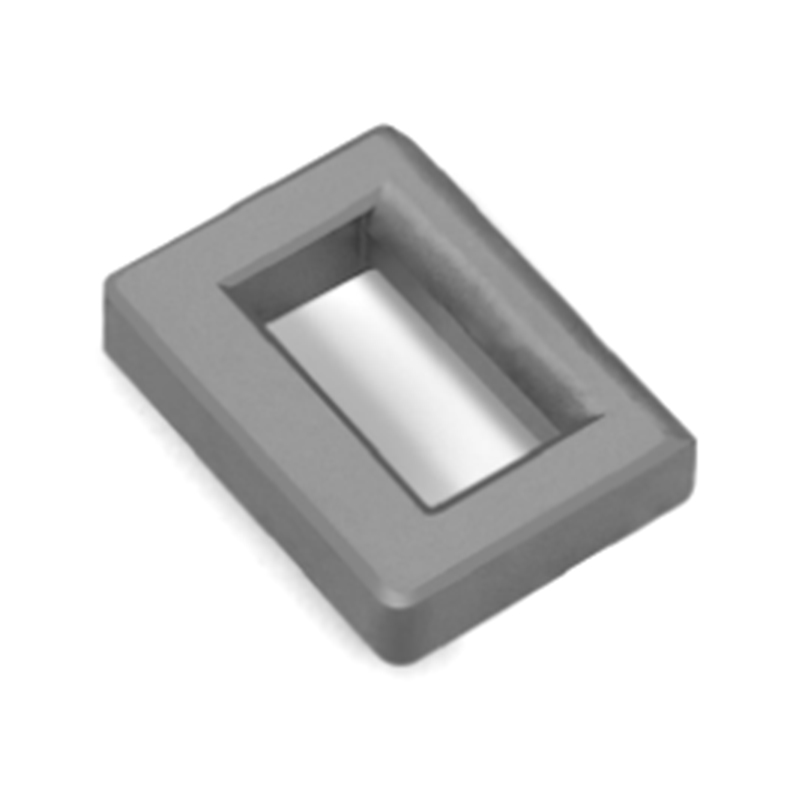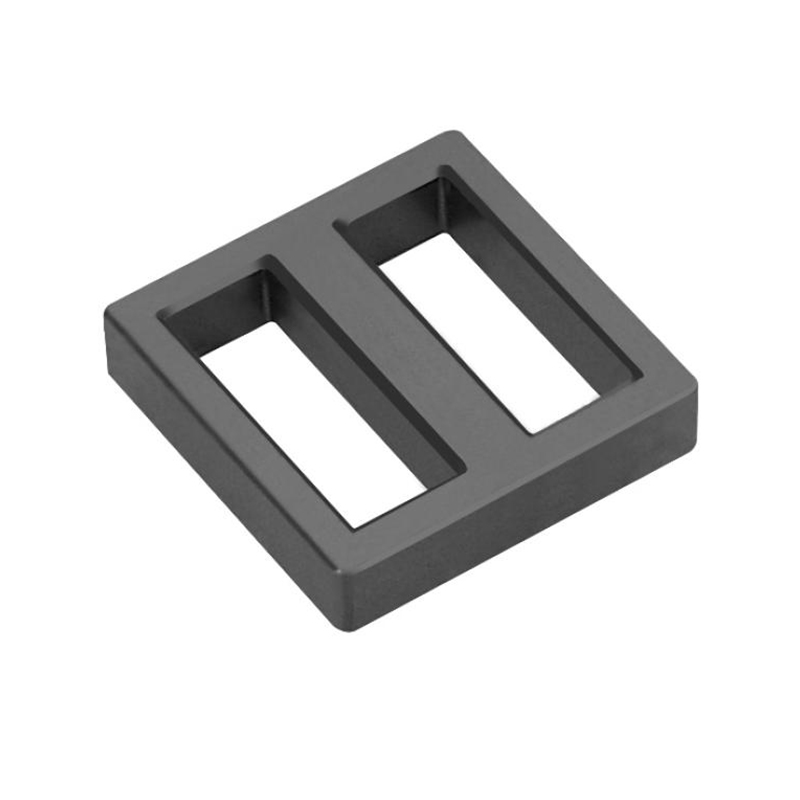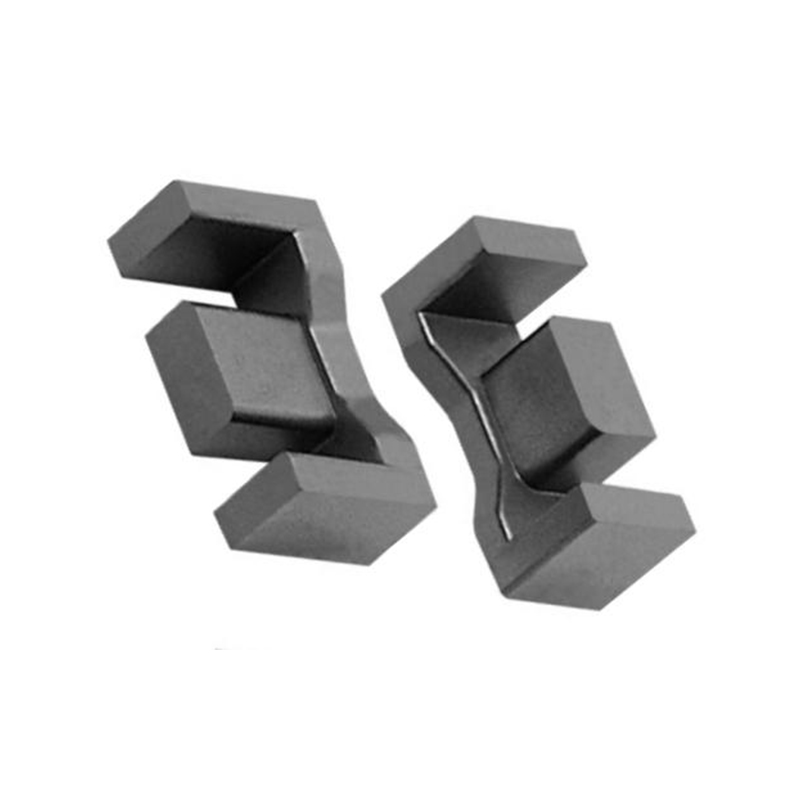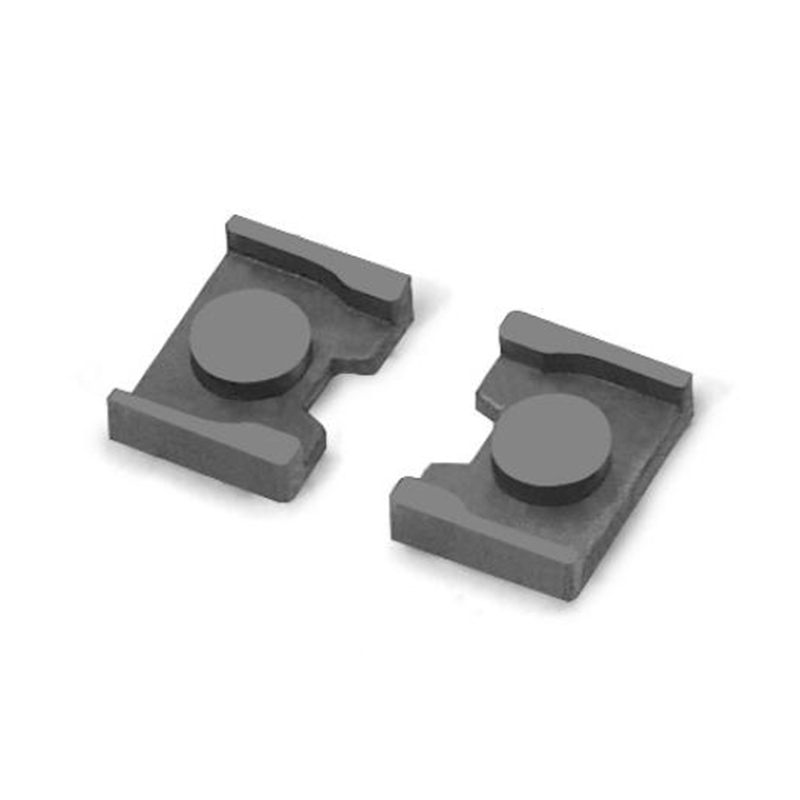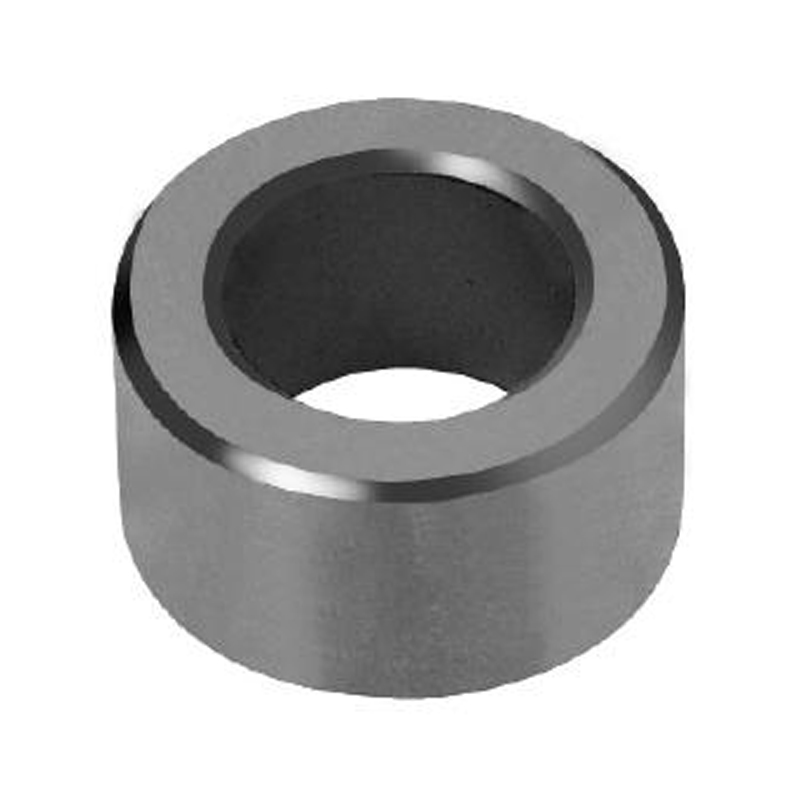Mn-Zn High Conductivity Ferrite: Engineered Precision for Power-Dense Performance
In the landscape of modern electronics, where performance is relentlessly pursued and space is increasingly scarce, Mn-Zn high conductivity ferrite emerges as a silent enabler. It is not flashy, not widely spoken of in popular engineering circles, yet it plays a critical role in the magnetic ecosystems of high-frequency and high-efficiency systems. This finely tuned ceramic material—born from the intricate marriage of manganese and zinc oxides—delivers what few can: low core losses, elevated permeability, and stellar conductivity under demanding electrical conditions.
At its core, Mn-Zn ferrite is a magnetic ceramic, crafted through the precise sintering of iron oxide with varying ratios of manganese and zinc. The result? A polycrystalline structure with controlled grain boundaries and exceptional magnetic uniformity. But when engineered specifically for high conductivity, it transcends its conventional form, unlocking a suite of advanced properties critical for power conversion, signal integrity, and thermal management.
The prime virtue of Mn-Zn high conductivity ferrite lies in its remarkable ability to operate efficiently across a wide frequency spectrum—typically up to several megahertz. Its elevated electrical resistivity, when balanced with optimized microstructure, minimizes eddy current losses, even in compact core geometries. This property alone grants it unmatched suitability for transformers, chokes, and inductors in switched-mode power supplies (SMPS), electric vehicle inverters, and high-frequency telecommunications equipment.
But conductivity is only one part of the story. This ferrite’s high initial permeability ensures that magnetic flux is captured and converted with minimal hysteresis, translating to efficient magnetic coupling and reduced heat generation. In a world where energy efficiency isn't just desired—it’s mandated—this is a fundamental advantage.
Another critical feature is its thermal stability. Mn-Zn high conductivity ferrite maintains consistent performance across a broad temperature range. Whether in the chill of aerospace systems or the heat of industrial motor drives, its magnetic characteristics hold firm, offering engineers reliability without compromise. This thermal resilience also supports miniaturization efforts, allowing for tighter, more densely packed designs without the usual thermal bottlenecks.
In addition to performance, manufacturability matters. Mn-Zn high conductivity ferrite can be shaped into various core geometries—from E-cores and toroids to custom designs—without sacrificing its structural integrity or magnetic precision. This design flexibility opens doors to application-specific optimization, enabling magnetic engineers to tailor inductive components to exacting specifications.
Moreover, its compatibility with automated assembly lines, coupled with its cost-effective sintering process, positions it as a commercially viable solution for high-volume production environments. In an age of digital transformation and electrification, this scalability cannot be overstated.
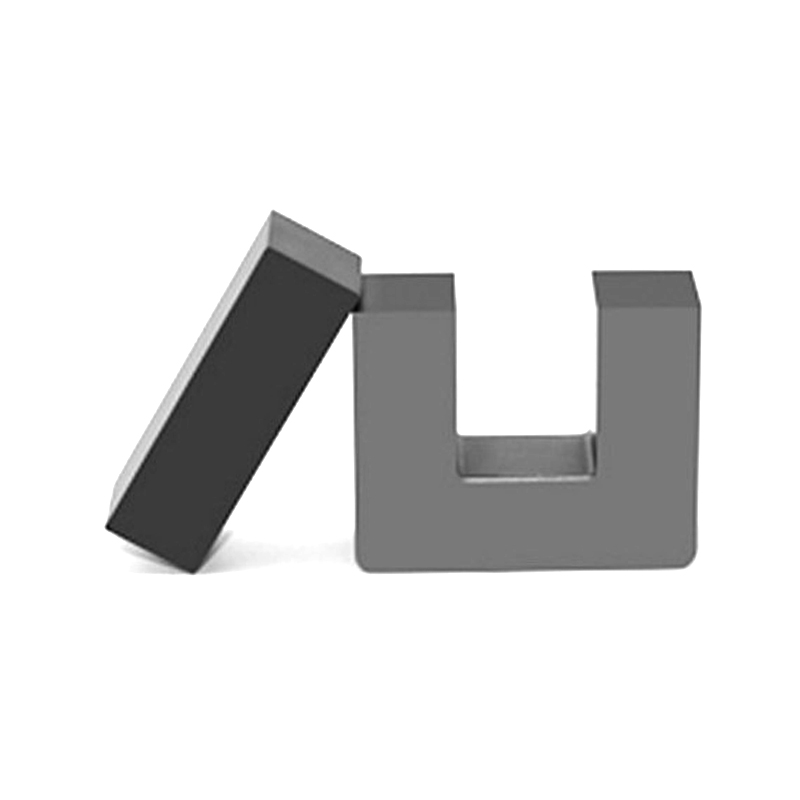
From renewable energy converters to ultra-efficient chargers and 5G base stations, the deployment of Mn-Zn high conductivity ferrite continues to expand. As electrical systems demand higher switching frequencies, greater power densities, and stricter EMI control, the material’s inherent capabilities align perfectly with tomorrow’s engineering imperatives.
Mn-Zn high conductivity ferrite is not merely a material—it is an enabler of efficiency, a safeguard of reliability, and a foundation for innovation. It allows engineers to push the envelope of magnetic component design, without conceding performance or manufacturability. Its high conductivity is not an isolated attribute, but a synergy of electrical, thermal, and magnetic finesse engineered into every grain.
The next generation of electrified systems demands more than just incremental improvement. It calls for materials that anticipate complexity, withstand extremes, and perform with unwavering consistency. Mn-Zn high conductivity ferrite answers that call—quietly, precisely, and powerfully.

 中文简体
中文简体